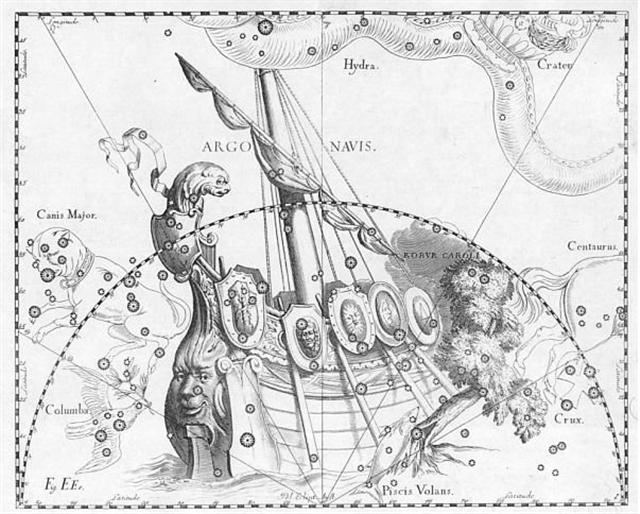|
Here we can imagine the Canoe of the Sun. In the calendar of the day there is one such 'sika' for each of the 10 stations, but here - in glyph line Aa7 - there are just 6, and none of them oriented forward:
Perhaps the increasing number of 'feathers' in the three periods nos. 4-6 indicates that the Sun is growing during that part of the year? I.e. with glyph line a7 referring to the 7th month (viz. July).It would agree with a year starting in the dark times of July: "I think it is probable that the Rapa Nui ritual calendar, as that of the Maori, Mangarevans, Samoans, Tongans and other Polynesians began in July following the rising of the Pleiades." (Van Tilburg) In period zero there is a resemblance with Sun after noon, a sign of bending. The right part might be regarded as the opposite of kai = increasing. Does this mean that Matariki i raro now changes (bends) into Matariki i nika? There are 8 marks at left, a sign for the Moon and nighttime rather that for the daytime Sun. The right side of sika in Aa7-3 is broken. Whereas the reversed (and broken) canoe in Aa7-7 has 3 + 3 = 6 feather marks to signify the Sun and Aa7-40 has 1 + 2 + 3 = 6 marks. …to enter a war canoe from either the stern or the prow was equivalent to a 'change of state or death'. Instead, the warrior had to cross the threshold of the side-strakes as a ritual entry into the body of his ancestor as represented by the canoe. The hull of the canoe was regarded as the backbone of their chief. In laments for dead chiefs, the deceased are often compared to broken canoes awash in the surf ... Number 123 could correspond to the distance in days from Ga2-27 (→ π, MAY 17) up to and icluding Ga7-10 (SEPTEMBER 16). Ga7-10 (179) - 123 = 56 → the right ascension day for Alcyone in the Pleiades (the Queen of Sailing).
|

